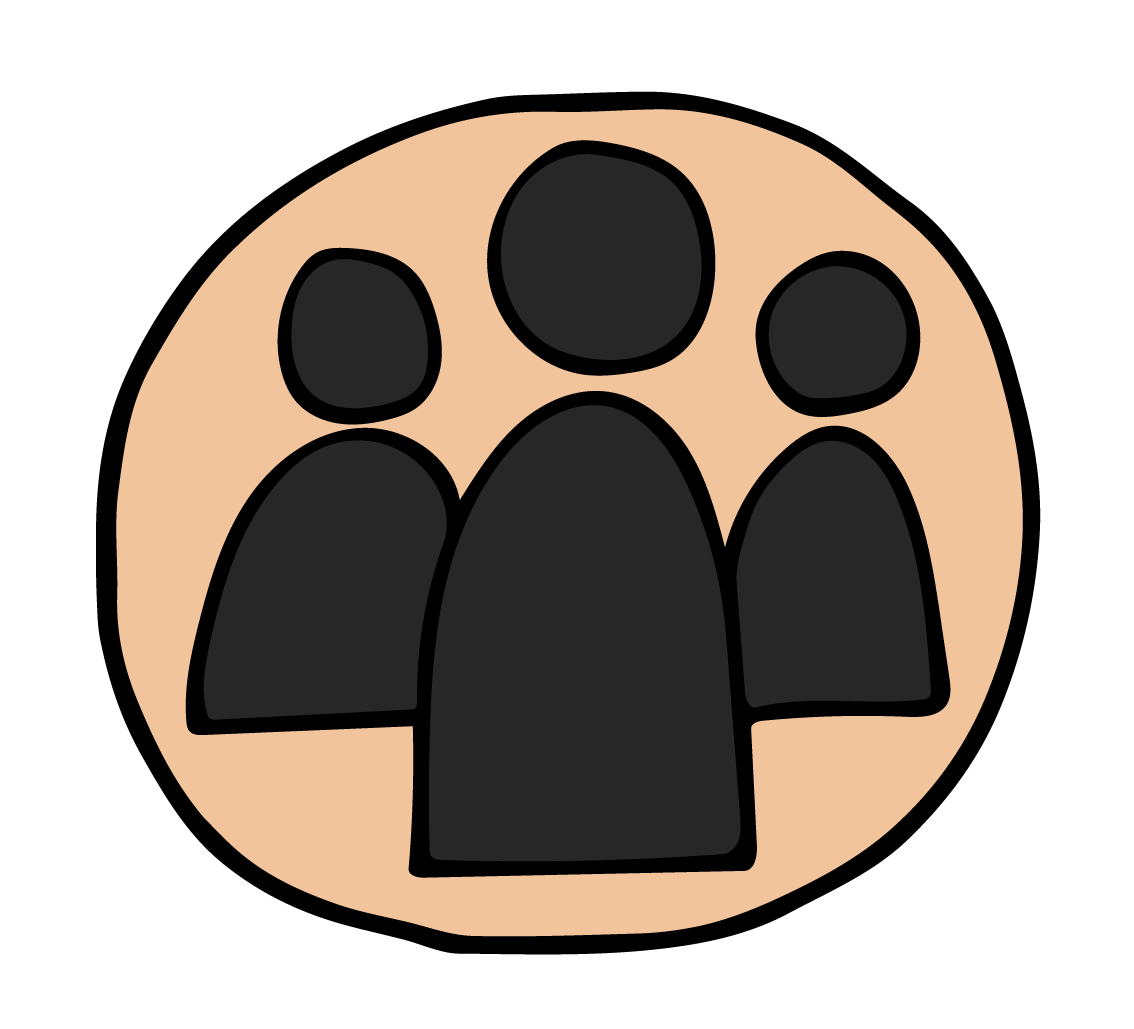
About The Author
This guest post was written by Janis Bookout, Executive Director of Earth Day Austin & one of the organizers of Community Resilience Trust, a grassroots coalition that came together in response to the COVID-19 pandemic, with the goal of making Austin a more equitable city for everyone.

Action Box
Attend Earth Day ATX on Saturday, April 23rd.
Earth Day ATX is back, and for those of us who have carried the torch, it’s quite the win.
The Earth Day torch has been passed from organizer to organizer for decades. Since its inception in 1970, Earth Day has brought many things – rallies, marches, clean-up events, and yes, festivals. When the torch was passed to me, I had no idea what was coming next.
In 2018, we started a new organization to host Earth Day ATX when the funder behind the previous organization decided to stop funding it. I had been working for that organization, and I lost my job. It wasn’t a smart time to start something new. But we did. We started over from nothing, building a new board and a new mission: putting equity at the center of environmentalism.
And we have carried that torch through a devastating weather event in 2019 and despite the odds, covered all requested refunds and honored all of our agreements. Then, just as it looked like we might recoup our losses in the 50th anniversary event in 2020, we shuttered for the pandemic. Recognizing the value our network could bring to pandemic response, we pivoted, and two days later, started Community Resilience Trust, a multi-racial collaborative focused on operationalizing equity through disaster response.
And now, after all that, Earth Day ATX is returning to the Huston-Tillotson Campus, and that torch is brighter than ever. Why were we determined to keep it burning? Because what is at stake is too precious not to.
You see, Earth Day ATX is a public platform. It’s a venue where people can be seen and heard about matters related to our environment, and the harm that impacts us. Who should be included in that platform? Whose issues should we pay attention to?
When you look at the spectrum of issues and innovations and movements that fall under the environmental umbrella, it sometimes feels like all the issues are competing. And in a way they are – they compete for attention, for funding, and for influence on people’s behavior. It can feel disjointed, overwhelming even. Whether it’s policy change or behavior change, or a new product–every company, every organization, has something they want you to do.
And the truth is, despite efforts to the contrary, the environmental movement has also remained very segregated. Events like Earth Day have for the most part been very white spaces. Why? It’s certainly not a reflection of people’s care for the environment. In general, communities of color have a much gentler impact on the environment than white communities do. Recycling, gardening, conservation – historically, they’ve always led the way.
Equity should not be *part* of environmentalism, it should be at the center. Why? Because without it, we are lost in the woods of our own culture–unable to see the forest for the trees.
So many aspects of our “American” ideology – individualism, productivity, urgency, expertise, innovation, growth – have roots in a society built on extraction and exploitation. Privileged wealth (in most cases white wealth) was built on this extraction and exploitation, and you could say that these ideologies emerged as a validation or justification of that extraction and exploitation. Many of these same ideologies, however, are echoed in the mainstream (white) approach to environmentalism. In our urgency to solve environmental problems, we miss the value of community relationships. In our certainty that our idea is the best, we miss the value of diversity of life and cultural perspectives. When we elevate our pet issues, but don’t listen to what is directly impacting people in our own neighborhoods, we perpetuate the very root conditions that created environmental degradation in the first place.
That’s why we have kept those embers alive – and why we are doing all this work, despite the challenges, to bring back this festival.
This year’s theme is Communities: Resilience at the Center. Along with a diverse and authentic musical lineup from DJs and local musicians, good food and fun activities for kids, there will also be discussions about things that matter to our communities. Austin Pow Wow will present a movie and discussion. There will be storytelling from our community elders, and brave conversations on panels about resilience, what it means, and what’s in the way. I am particularly excited about the collaborative mural project from East Austin muralists Amada Castillo, Rich Samuel, and Ernesto Hernandez.
Resilience should not be about #(insert city)strong communities forced to survive conditions that affect them disproportionately harder than others. It should be about undoing the disproportionality itself. And that can only happen when everyone is heard in the process, and everyone is included in the solutions that impact them most.
The precious opportunity of the festival is to share the platform with all of our communities – to listen and build relationships for a better future here. This is why we must have equity at the center of environmentalism, why we should elevate and follow the leadership of communities of color and other communities impacted most by environmental degradation. Because it’s only when we start listening to the perspective of those who do not benefit from the status quo that we can ever hope to break through it.


